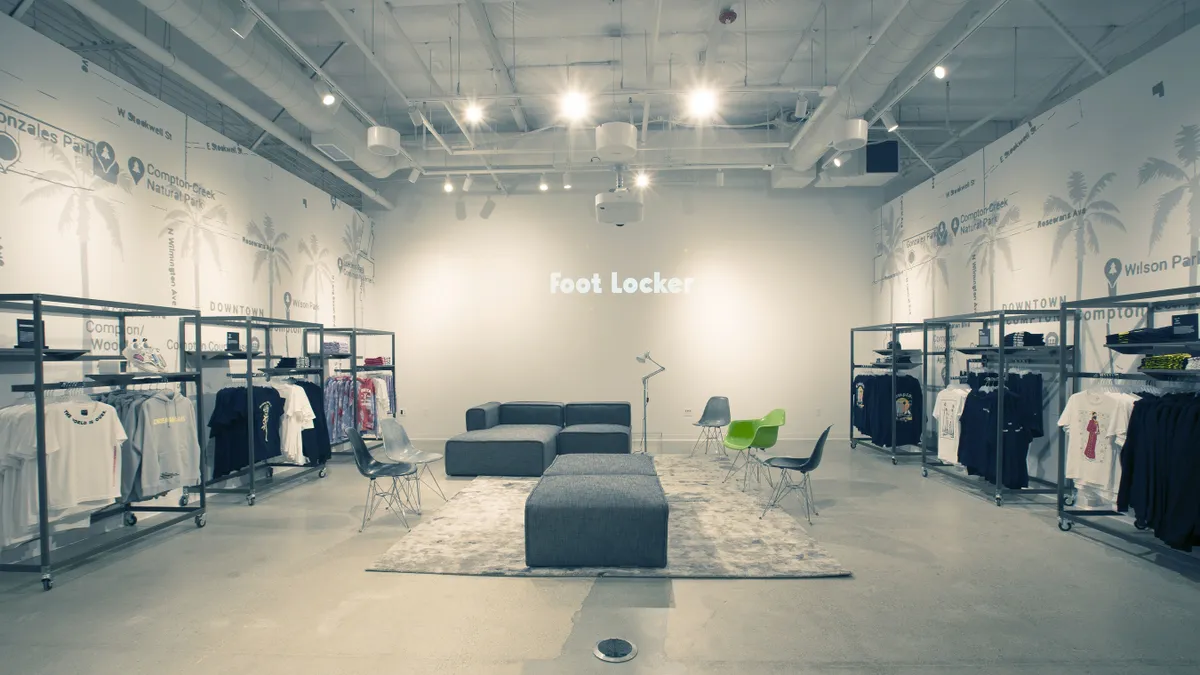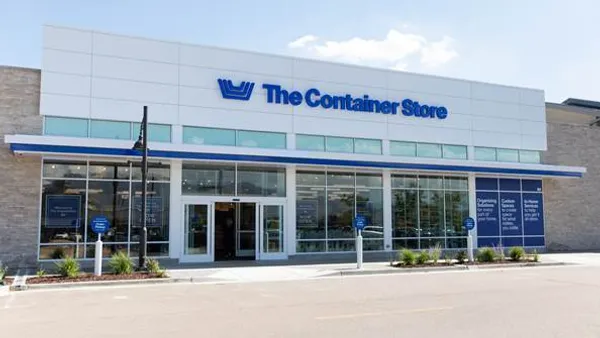Nike is scrambling to pare down an overabundant trove of merchandise, with inventories up 44% companywide and a whopping 65% in North America, its largest market, at the end of its most recent quarter. In the comparable period last year, by contrast, Nike inventory was flat year over year; in 2020, inventory rose 15% and in pre-pandemic 2019 it rose 12%.
This is not just a Nike problem: Much of the apparel sector is grappling with pile-ups, with Levi’s last week reporting a year-over-year inventory increase topping 40%.
“There are record high levels of inventory across the sector with demand slowing,” Cowen & Co. analysts led by John Kernan said in emailed comments, noting that markdown allowances, storage costs and inventory-flow costs are all up. “Nike's 150 [basis points] increase in markdown pressure one quarter into the company's calendar [fiscal year] is indicative of a fragile environment.”
The problem comes at a time when the athletic shoe powerhouse has scaled back its retail partnerships, part of its strategy to sell more directly to customers. That in turn has upended the strategy at Foot Locker, one of its major partners. In February, the footwear retailer said it expects Nike to make up 60% of its total purchases this year, down from 75% in 2020 and 70% in 2021.
“The beauty of the relationship between a big brand and a store chain can be summed up in one word: predictability.”

Jeffrey Sward
Founding partner and CEO of Merchandising Metrics
But Nike may be losing out, too. Retail partners offer a connection to customers, and provide higher sales volumes and even healthier margins than many brands realize, according to research from BMO Capital Markets.
It does make sense for a brand like Nike to scrutinize its suite of wholesale partnerships and cut off retailers unable to add value to the customer experience, according to Richard Hammond, founder and CEO at customer analytics firm Uncrowd. But it can be a mistake to take that too far, he said, adding that JD Sports in the U.K., Foot Locker and many boutiques in places like Brooklyn offer a customer experience that is true to Nike’s brand.
“Both JD Sports and Foot Locker are magnets for exactly the customer Nike wants to sell to,” he said by email. “And now that the landscape has shifted, having a small army of retail partners ready to do everything to shift one more unit can make all the difference.”
Retailers are also pretty good at demand forecasting and take on a major portion of the inventory risk, according to Jeffrey Sward, founding partner and CEO at Merchandising Metrics.
“The beauty of the relationship between a big brand and a store chain can be summed up in one word: predictability,” he said. Store floors and stockrooms have certain capacities, and turnover rates in stores are fairly steady, which all gives merchandise planning “pretty solid boundaries.” It’s possible that Nike’s DTC strategy is less predictable, he said.
“It seems that, like most other retailers, Nike got wrapped up in pandemic-level demand and bought inventory as if it wouldn’t slow.”

Simeon Siegel
BMO Capital Markets Managing Director
The current environment may be underscoring the importance of getting the wholesale-DTC mix right. Brands that walked away from wholesale now have fewer outlets as they grapple with rising overstocks and hesitant consumers, BMO Capital Markets Managing Director Simeon Siegel said by email.
“It seems that, like most other retailers, Nike got wrapped up in pandemic-level demand and bought inventory as if it wouldn’t slow,” he said. “However, unlike other retailers, they may be seeing the compounding effect of now having fewer points of distribution to sell their excess goods as they moved to DTC and away from many wholesale partners.”
Does that mean that Nike needs Foot Locker more than it may have thought? That depends, according to all the experts interviewed for this story.
“At the end of the day, neither DTC nor wholesale alone are the answer. Healthy distribution and partnerships are — whether they are company-owned or partnered,” BMO’s Siegel said. “Nike, and all brands, need to figure out what the right level of optimization is. But they need to internalize that moving to direct hasn’t lifted margins. It is simply one channel within the broader approach towards retailing.”














